

Last Friday, Touring launched their latest custom creation at The Quail: The Veloce12. As the official media partner of the launch, Classic Driver had the chance to take the freshly revealed car out for an early-morning sprint on 17-Mile Drive and speak with the brand's new CEO, Markus Tellenbach, to learn more about their latest coachbuilt wonder and the role it plays in his vision for the future of Touring Superleggera.
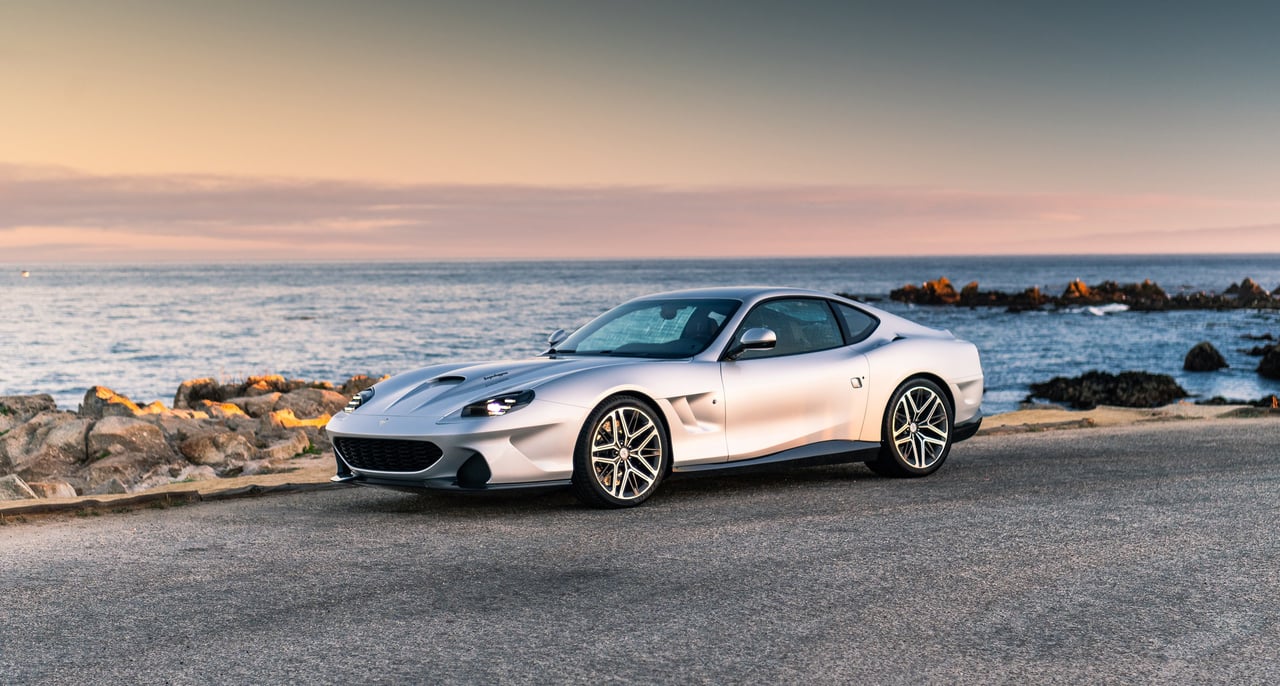


Touring Superleggera has a storied legacy dating back to 1926. Can you tell us who Touring Superleggera is today, and how the company has evolved to maintain its relevance in the modern automotive industry?
"I was recently asked that question by the CEO of Alfa Romeo, and my response was that Touring Superleggera is probably the oldest startup in the Italian car industry. Although the company has nearly 100 years of history, we have an approach that is dynamic, open-minded, nimble and embraces the future. We are a design company and our DNA is full of design excellence. We’re not about lap times, not about track tools, and not about straight-line acceleration. We create and design cars that are distinctly Italian, distinctly Touring, not following a trend, but generally creating one.
"In the future, we will continue to be a design company and create icons that stand the test of time, just as in the past. Our DNA is our future and we will continue to have two faces. The first is a customer face with products that carry our badge. The other is an industry partner that creates outstanding cars for OEMs, such as the 33 Stradale for Alfa Romeo."

Could you share some insights about your leadership team at Touring Superleggera? How does their expertise and vision contribute to the company's ongoing success and innovation?
"We have a brilliant team. Our head of operations Andrea Dragoni has an enormous wealth of experience - he’s been with the company for 16 years. Matteo Gentile has built up a very strong Centro Stile and he’s a crucial leader in terms of our creativity and the appearance and designs that represent our public image. The creativity of Matteo Gentile will put a stamp on future products, starting with the Veloce12."
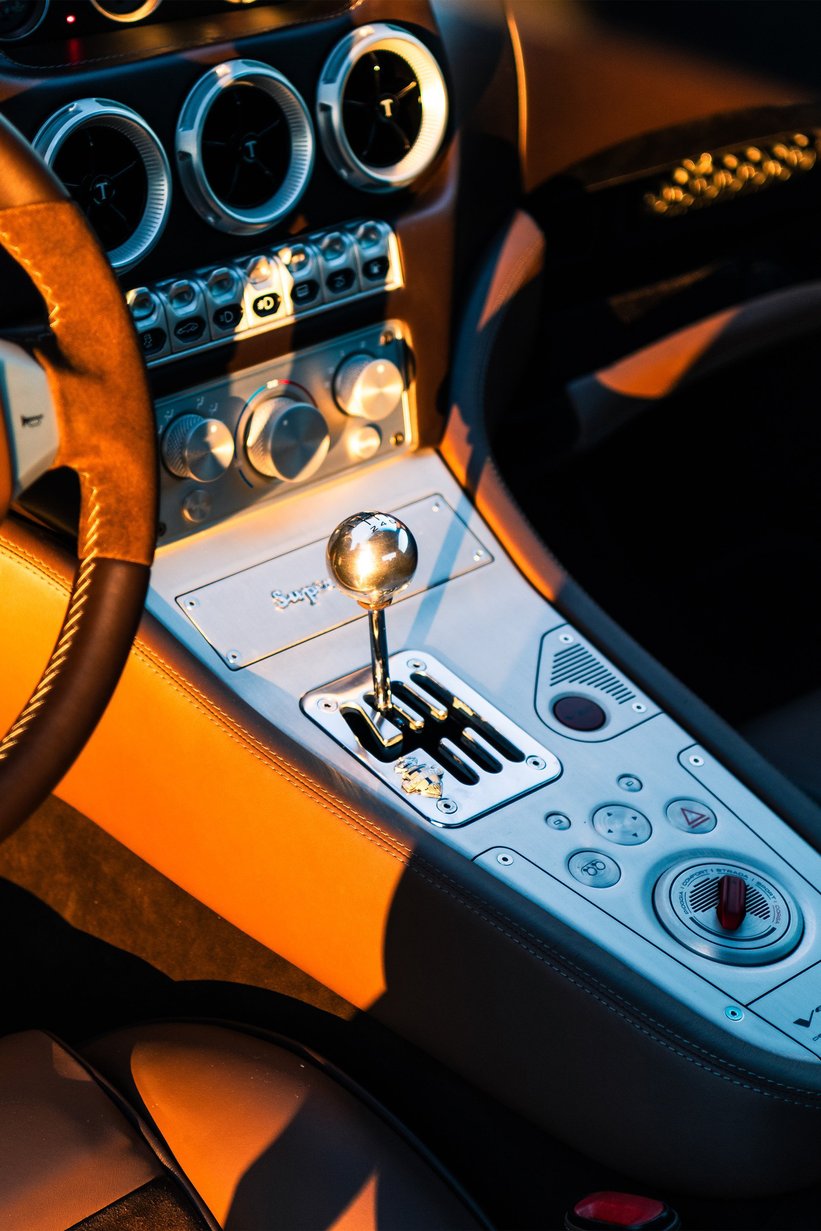
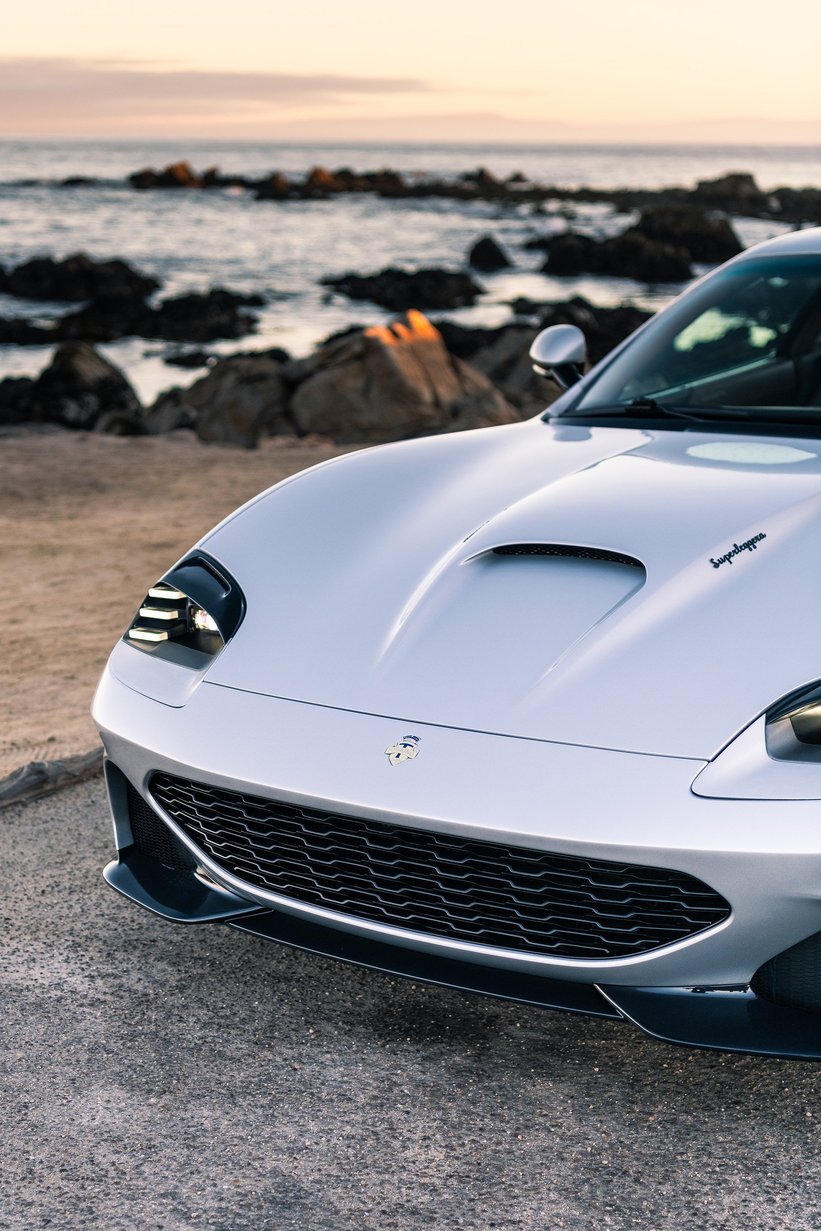
The concept of 'Pure Italianità' seems central to the Veloce12's design and experience. Can you elaborate on what this means to Touring Superleggera and how it is embodied in your latest creation?
"It’s who we are. The Veloce12 has a pure Italian donor, it has a pure Italian design, and it is purely manufactured and hand-built in Italy, with suppliers predominantly from Italy, such as Brembo for example. 'Pure Italianità’ is more than just a fashionable tagline, it’s the truth. We believe that the design is recognisable as a Touring.
"If you look at the 1952 Alfa Romeo Disco Volante, that’s Pure Italianità. You could say the DB5 is more of an international design, but that was a brief given and a result required by Aston Martin. However, the 350 GT — the first Lamborghini we built for Ferruccio Lamborghini — is another example of Pure Italianità. A great indication of what you can expect from us going forward is the Berlinetta Lusso from 2015, of which we built just 5 examples. This is a statement piece for our future."
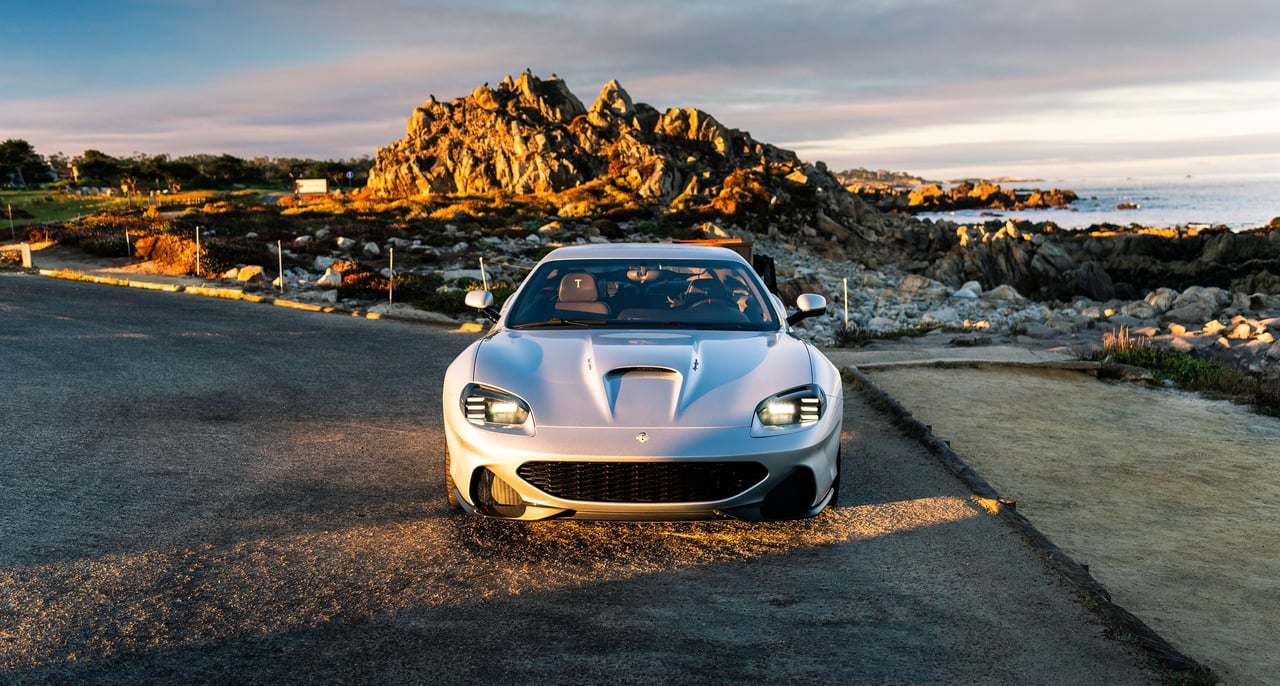
Touring Superleggera is renowned for its unique approach to car design and engineering. How does the product philosophy of blending traditional craftsmanship with modern technology influence the development of new models like the Veloce12?
"To start there is a vision, if there is no vision you shouldn’t start. We wanted to create an honest car, a man-machine, a car that you can feel, that responds, that you control. Usually, this is associated with track tools, but we’re not building track cars and never will, that’s the difference. We wanted this control and command in a tuxedo, that’s the vision, but vision without execution remains a fantasy.
"That’s where Andrea and Matteo come into play. I knew what I wanted and what Touring could create, but the execution is crucial and without those two men it would never happen. The ingredients are pretty obvious: a manual six-speed gearbox and a naturally aspirated V12 — that brings the character and power into the mix in a cultivated way. We created this fantastic vision supported by a promise, and the promise is no screens, no electronic helpers, it’s a brutally honest car that we don’t want to look brutal, hence the tuxedo."
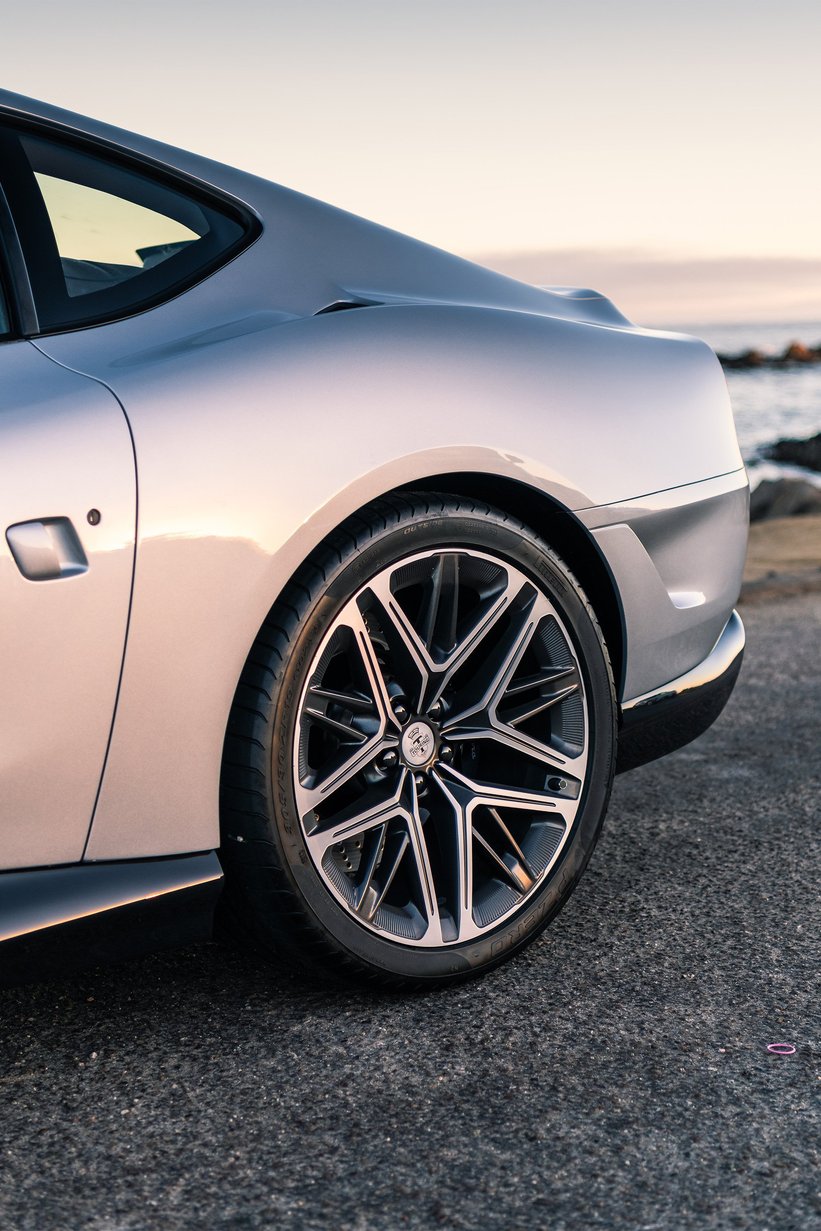

Touring’s recent models have used contemporary cars as their foundation. How has the company adapted its approach for a car like the Veloce12 which is based on a modern classic grand tourer?
"We took the best engineering support we could find. Two companies stand out: Podium, one of our engineering suppliers who are behind the Glickenhaus Le Mans racing team, and SEAS. The combination of those two external powers gives us an excellent understanding of technology from the 1990s, and they’re behind some other restomod projects. They’re highly competent Italian engineers who support us in stiffening up the chassis, choosing the right suspension solution, and optimising the powertrain with passive measures, so there’s a lot of expertise required that we externally sourced to create the Veloce12 and make it a capable 2024 sports car."
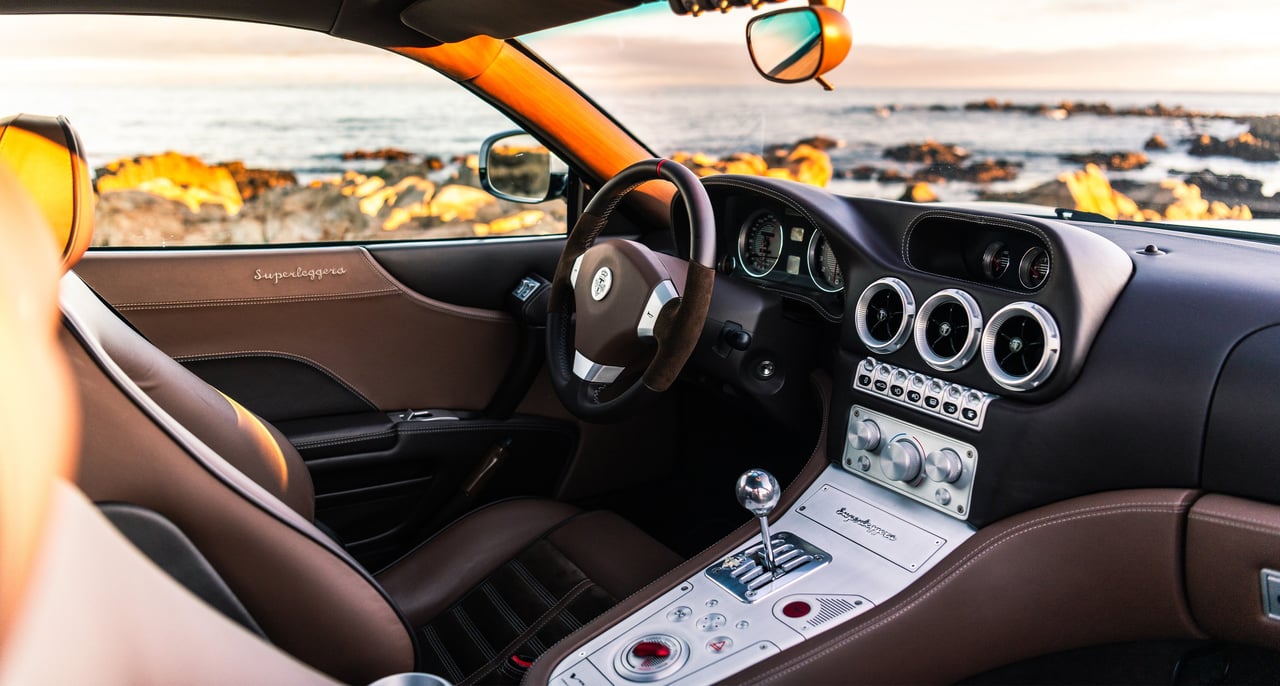
The concept of a restomod is very much in fashion at the moment, but none of these cars boast Touring’s heritage, design competence, and artistry. Do you think the Veloce12 fits into a new category and how is it distinct from the restomods on the market?
"I think we’ve created a new category which is a modern interpretation of a design classic. Changing the design of an iconic car requires a confident approach, as it can easily go wrong. Someone could say “I’ll make a modern version of the E-Type,” but you need to know what you’re doing. Touring has that competence, which we leveraged to reinterpret a design classic and make it contemporary almost three decades later."
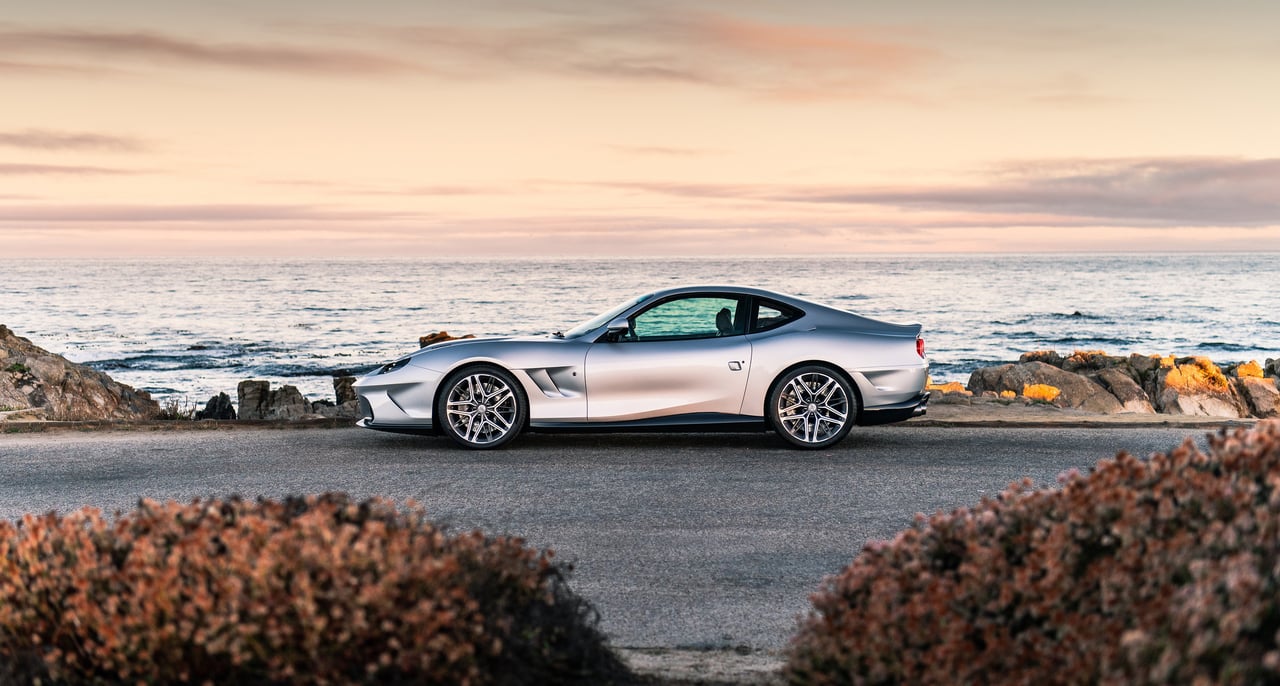
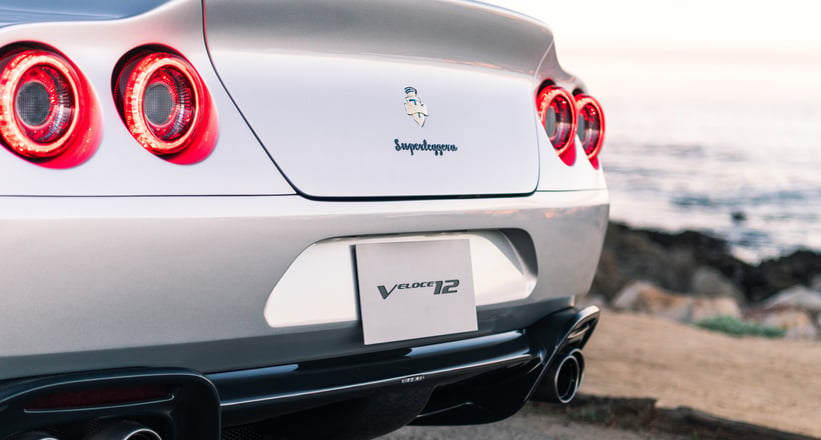
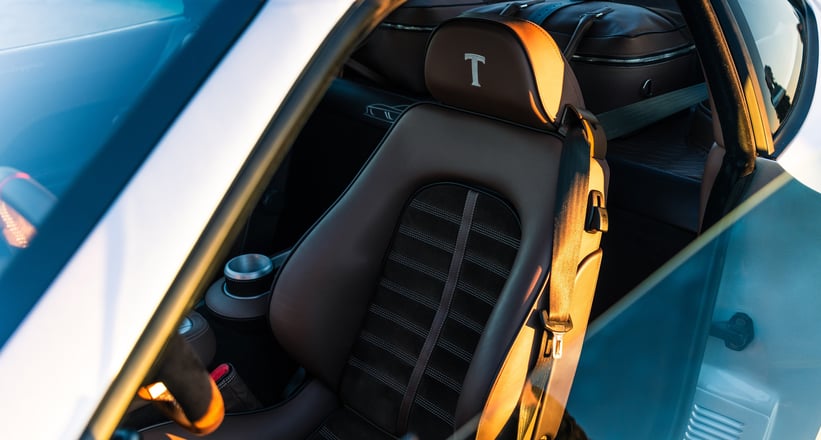
So it’s all about having the confidence of design to produce a worthy successor to the original? How does that translate into the Veloce12’s driving experience?
"Exactly. If you drive the Maranello today it is a bit soft for our modern expectations. We put in a suspension system that is adjustable with 5 levels. That is the most fundamental difference in characteristic, combined with a chassis that is more torsionally stiff. These two factors have the biggest impact on the driving experience. It follows your command quite precisely, however, it is not a track tool. But if you feel like you want to explore the limits, you can set the suspension in a way that will support you. We’re doing a completely new cabin, including replacing every surface with milled aluminium and the finest leather. It is a super high-class interior.
"On the power side, we have optimised both the inlet and outlet. Lower resistance means it breathes freer and it sounds much better. One criticism I have of the 550 is that it sounds muted, despite being a highly capable machine. We also have bigger Brembos front and rear, and we completely refurbished the engine as part of the production process. The Veloce12 is not a modern car, but it wants to be driven like a modern sports car."
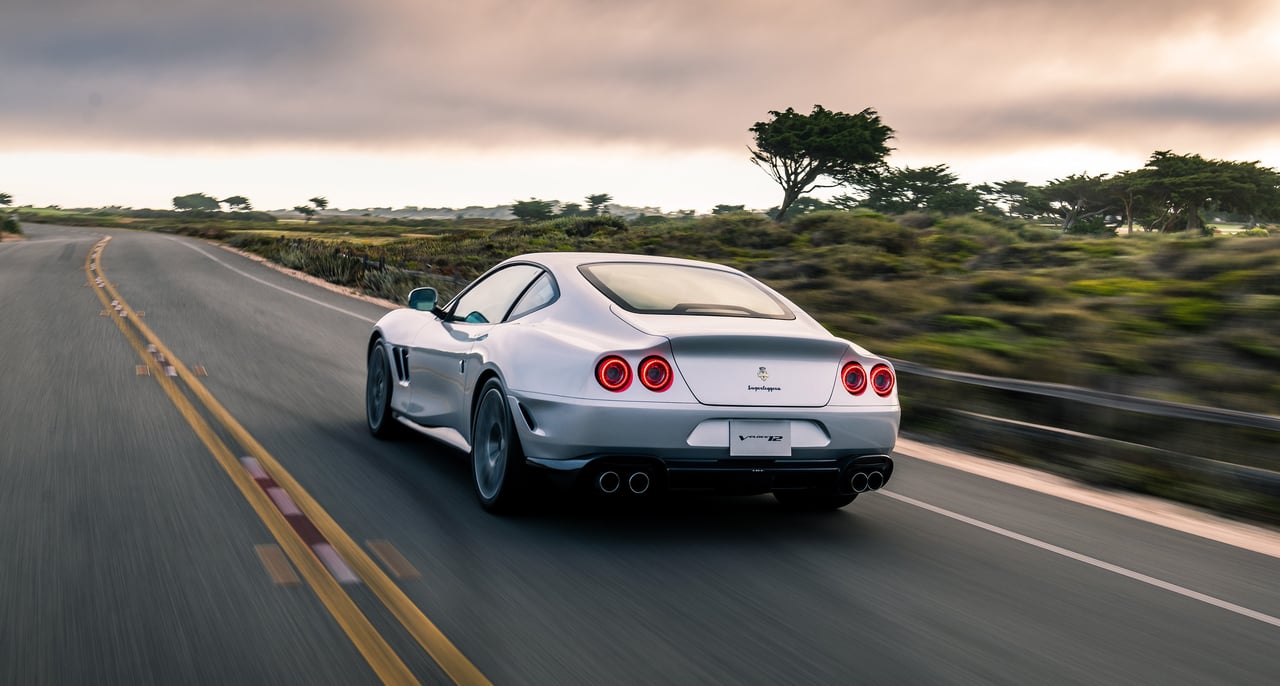


That’s a very refreshing approach, especially considering how many cars are chasing huge power outputs. How did you and your team decide on the donor car for the Veloce12? You own a 550, but what appeals to you about this era of automobile and what were the most important aspects you wanted to enhance?
"It was an icon. It came out in 1996, and it impressed me greatly. I fell in love with it. It was different to everything else at the time. Compared to the Astons at the time, it had this gutsy approach and the choice is no more sophisticated than I love the car. I always had a love for Italian cars. I drove 911s, but the 550 always stood out, and so it’s my appreciation for this design from the 1990s — and the manual V12 — that resonated with me in early 2023 when we first sat down to create the Veloce12."

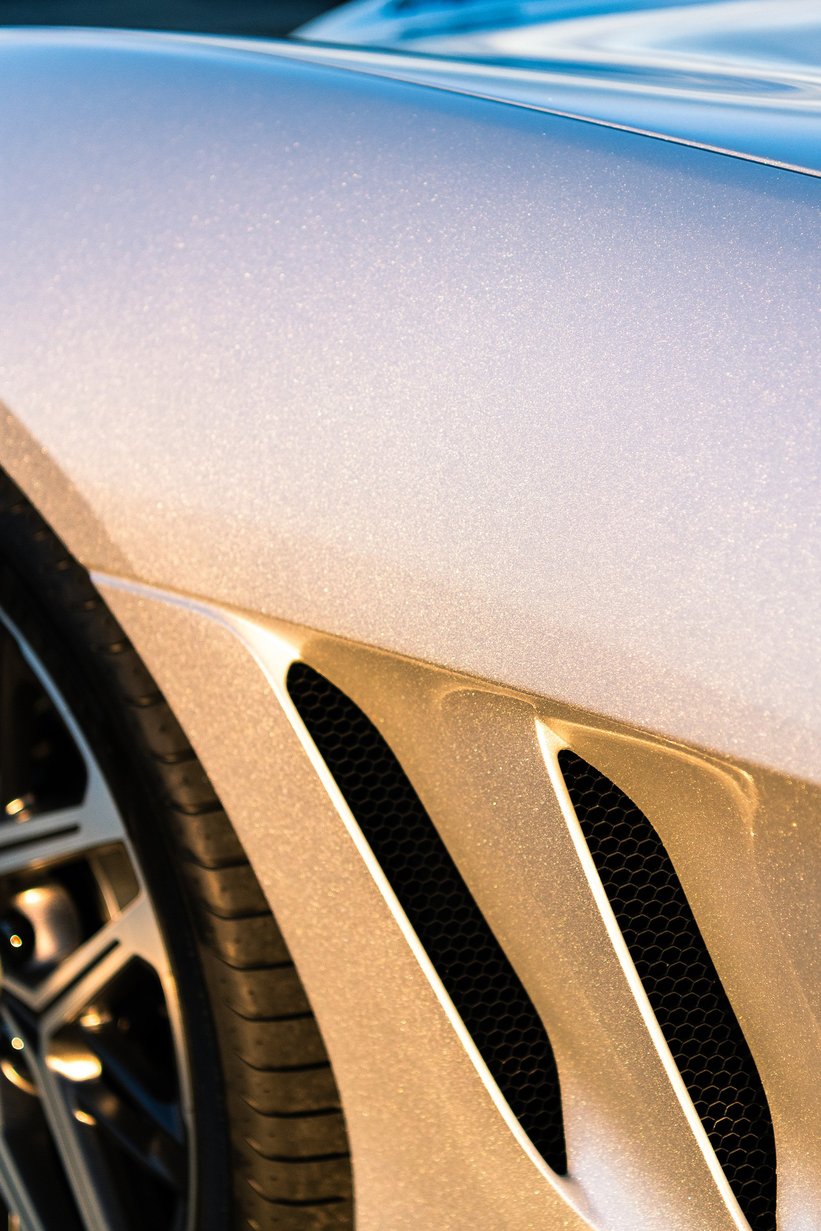
So it was a combination of the 550’s stunning design and powertrain that helped with the decision?
"Touring is not predominantly known for its drivetrains, and the donor had to fit the bill. I believe the 550 not only fits the bill, but I own one that I love, so I saw the potential very early on. Matteo turned the 550 into a beauty, and something that I can confidently say is not a restomod. We are a design house, and that is the explanation of why we aren’t coming up with a restomod. I admire Singer, and there are some beautiful restomods on the market, but we wanted something that was a modern interpretation of an iconic design of the 1990s because that’s a different target group than people who collect cars from the 1960s. Today you have a freedom of shape with carbon fibre that was impossible in the 1990s. The 550 was groundbreaking and still is, but it fits the bill as the foundation for an icon in 2024, and that’s what we created with the Veloce12."
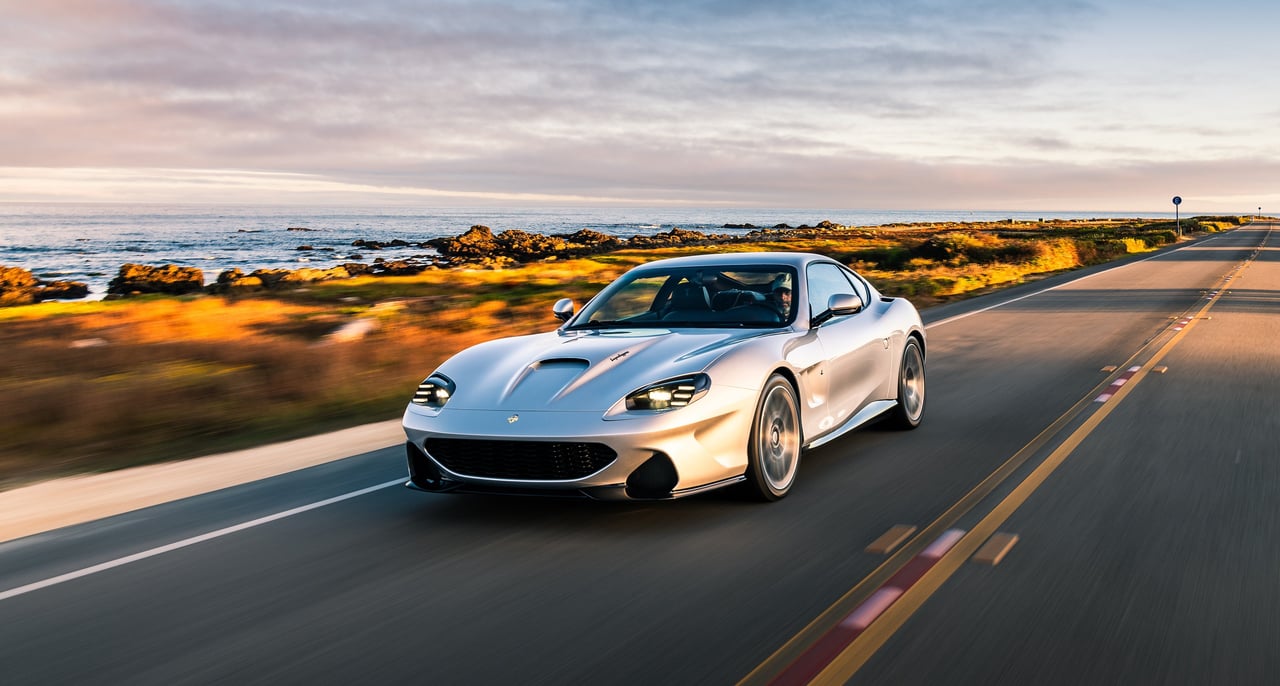
Lastly, how have you found the initial response to the Veloce12 and what does the future hold for Touring Superleggera?
"We showed the car to friends and family on June 27th and more than a dozen people bought the car just from the renderings. We’re making just 30 cars so it's a limited series. Prospective buyers and industry colleagues were all very impressed. It speaks to you, it doesn’t cause you to question it. Everyone just says it looks great. It represents a new face for Touring, and a new chapter for the company, setting us up for our 100-year anniversary in 2026.
"The reason we decided on 30 cars is the US market demands relatively rapid delivery, so the entire run of cars will be delivered in just 2 years. The First car will be delivered at the start of 2025 and the last at the end of 2026. It’s a unique approach but I think this will be a success factor that we can supply the buyers relatively quickly. Matteo Gentile is already working on a car for 2026, and the Berlinetta Lusso is a good indication of that direction, but that’s all I can say for now!"
Photos by Zach Brehl for Classic Driver
























